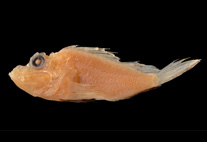Abstract
The Holarctic genus Eidophasia Stephens, 1842 belongs to Plutellidae (Kyrki 1984, 1990; Dugdale et al. 1999). The genus currently includes 12 species (Sohn & Baraniak in press) which are heterogeneous in morphologies. In fact, there have been no convincing synapomorphies proposed for Eidophasia. Eidophasia syenitella (Herrich-Schäffer, [1854]) is one of the European congeners. Herrich-Schäffer (1853–1855) associated E. syenitella with E. messingiella (Fisher von Röslerstamm, 1840), based two superficial similarities, i.e. a slim body and the presence of scale tuft on the 2nd segment of the labial palpus. Friese (1966) synonymized E. concinnella Christoph, 1888 and E. zukowskyi Amsel, 1939 under E. syenitella. After examining various local populations of E. syenitella from Europe, we found Friese’s synonymy unwarranted. Eidophasia syenitella has been characterized with only its external appearance. There is yet no description of the genitalia available for the species. This gives a challenge in evaluating the taxonomic status of E. syenitella and its two putative synonyms. This issue needs further attention and will be scrutinized in separate papers. Little is known about the biology of E. syenitella. The known larval host records suggest that this species is exclusively associated with a genus of Brassicaceae, Arabis or rockcress. The aim of this paper is to re-describe the species with the genitalia of both sexes for the first time.

